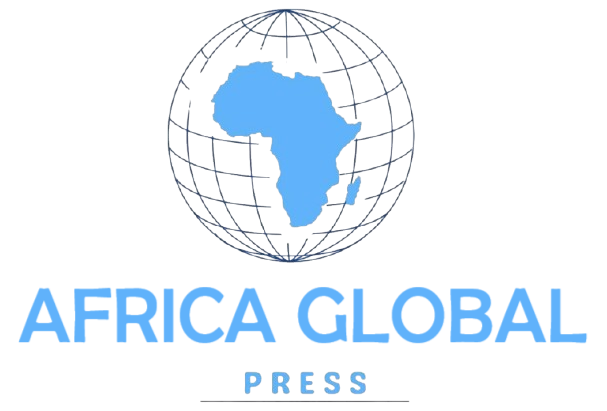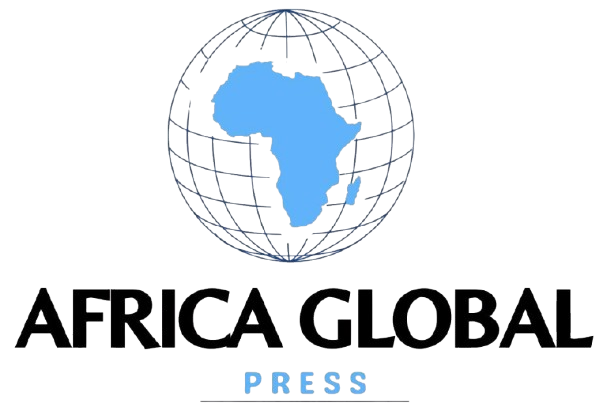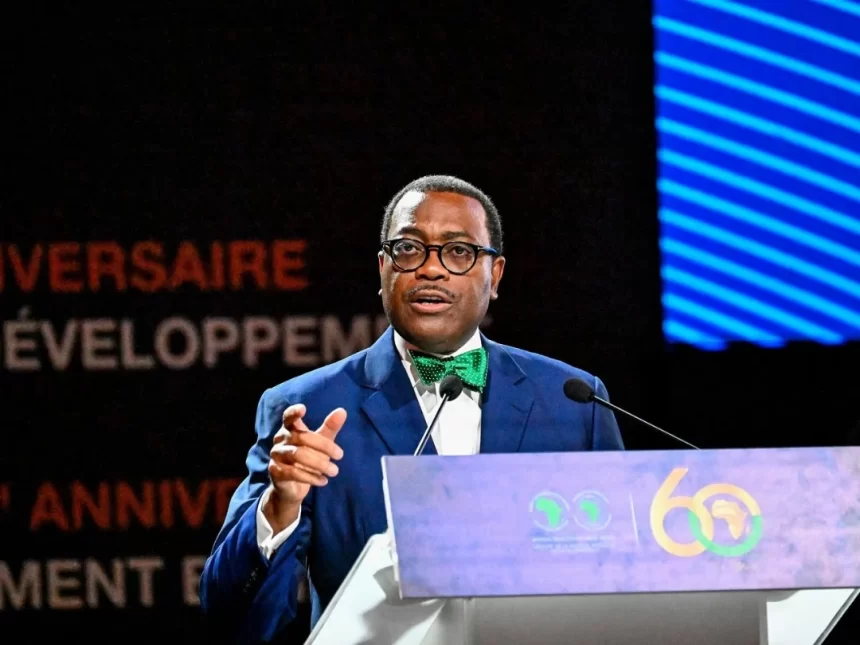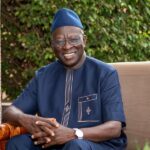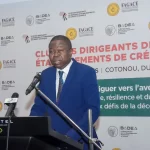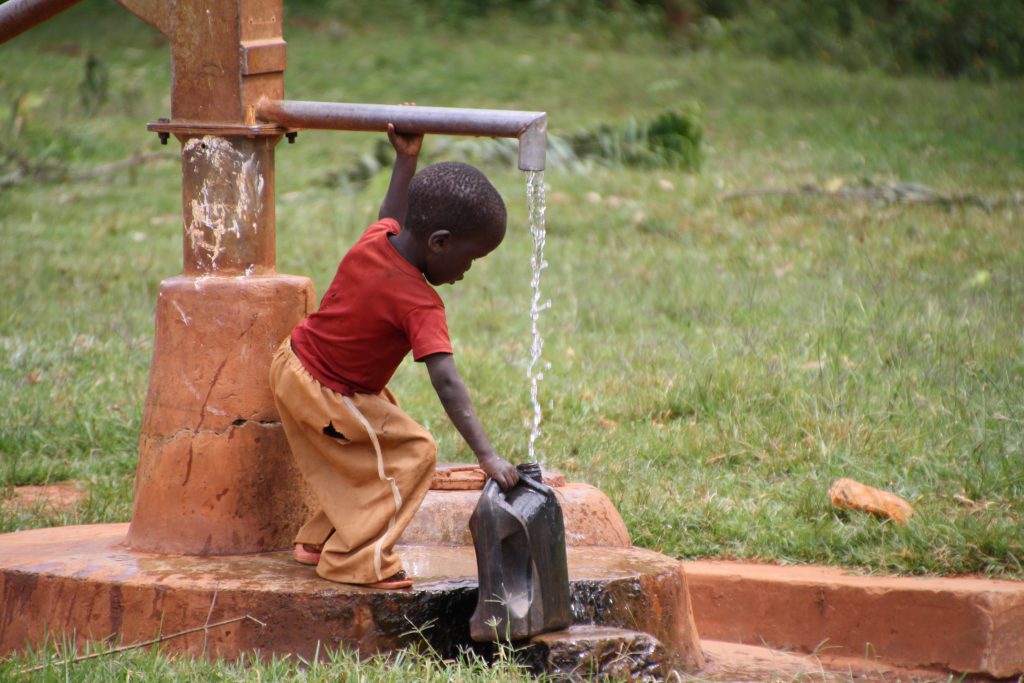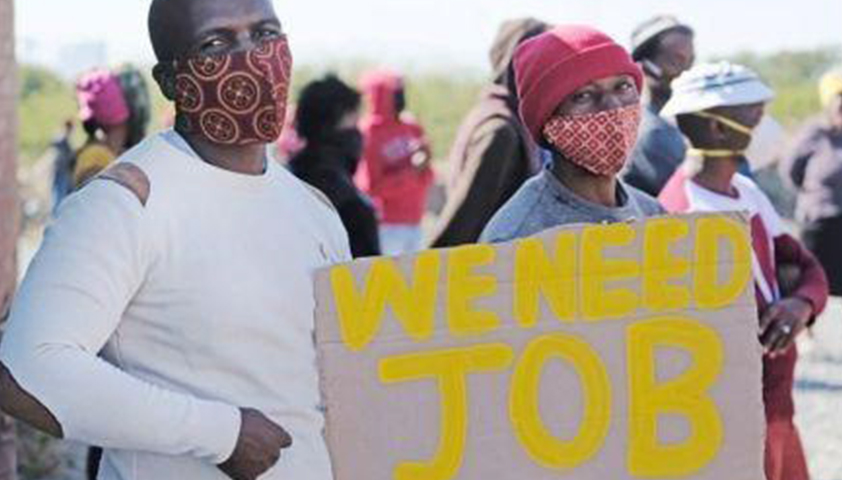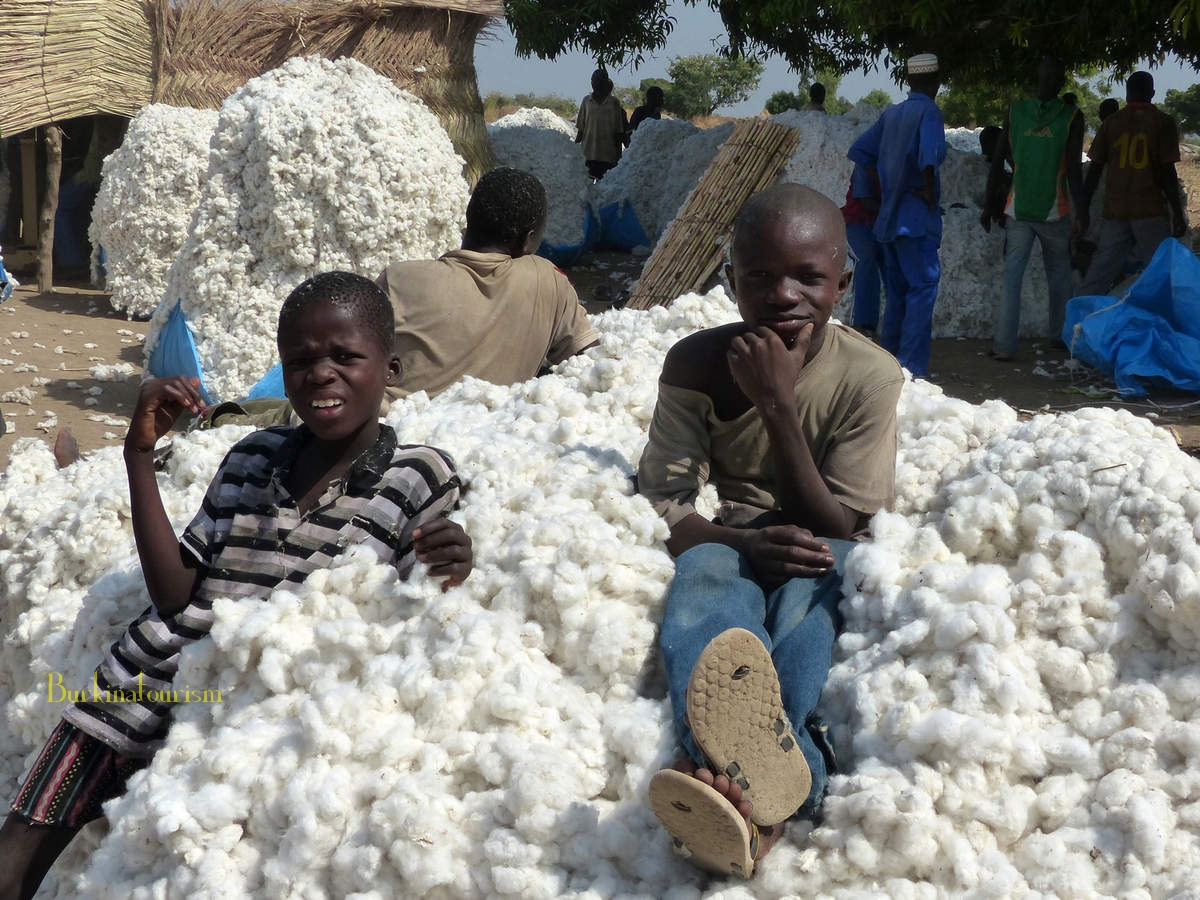As Akinwumi Adesina’s term as President of the African Development Bank (ADF) draws to a close, it’s time to take stock. And what a record it is! Elected in 2015 and re-elected in 2020, the Nigerian economist has made his mark with bold initiatives and tangible results that have strengthened the ADF’s role as a driving force for economic development in Africa.
By Koffi Didi HOUNNOU
Under his leadership, the ADF has deployed ambitious strategies, notably through the ‘High 5’, five major priorities aimed at transforming the continent: Light up and electrify Africa, with massive investments in renewable energy and access to electricity for millions of Africans; Feed Africa, by financing innovative agricultural projects and supporting farmers to boost food security; Industrialising Africa, by facilitating access to capital for local industries and promoting the structural transformation of African economies; Integrating Africa, with strategic investments in transport and trade infrastructure; Improving the quality of life of African populations, by developing projects to provide access to water, education and health. Thanks to these initiatives, significant progress has been made. More than 18 million people have had access to electricity, 141 million have benefited from improved agricultural technologies, 15 million have been able to access financing for entrepreneurship, and 105 million have benefited from modern transport infrastructures. These achievements are to be applauded for their impact on growth indicators and the development of human capital.
A resilient and visionary management approach
By Koffi DidBeyond the figures, Akinwumi Adesina has successfully navigated a global context marked by the Covid-19 pandemic and economic crises. The ADF distinguished itself by its responsiveness in setting up a $10 billion fund to support African economies in the face of the health crisis. The institution also successfully raised a $3 billion social Eurobond, the largest ever issued by a multilateral institution to combat the pandemic. In addition, under his tenure, the ADF maintained its triple A rating from the rating agencies, testifying to its financial solidity and the confidence of donors. Under his leadership, the Bank’s capital has grown significantly, from $201 billion in 2019 to $318 billion. This increase has strengthened the ADF’s capacity to finance development projects across the continent. Over the past eight years, the ADF has invested 50 billion dollars in infrastructure, covering key sectors such as energy, transport and water, helping to improve connectivity and quality of life in Africa. Under Akinwumi Adesina, the ADF has effectively supported agriculture and agro-industrial transformation. It is hard to overlook the many pleas for a fair global financial architecture. Adesina has been a fervent advocate of reforming the global financial architecture to better meet Africa’s needs. He has proposed solutions to increase available financing, simplify access to climate funds and improve the restructuring of African debt.
A legacy to be preserved and strengthened
Akinwumi Adesina leaves behind a stronger, more influential ADF, more committed to the continent’s development. His successor will have the onerous task of maintaining this momentum and pursuing the reforms already underway. Africa is at a decisive turning point, where consolidating the gains made is essential to accelerate the continent’s economic emergence. The challenges remain numerous: accelerating the energy transition, strengthening food self-sufficiency, attracting more private investment and deepening regional integration. But thanks to the impetus provided by Adesina, the ADF now has a solid base from which to meet these challenges successfully. Now is not the time to change course, but to step up our efforts. The next President of the ADF must be a builder of continuity, a visionary capable of capitalising on the progress made. Because more than ever, Africa needs a strong, proactive institution to realise its potential.
